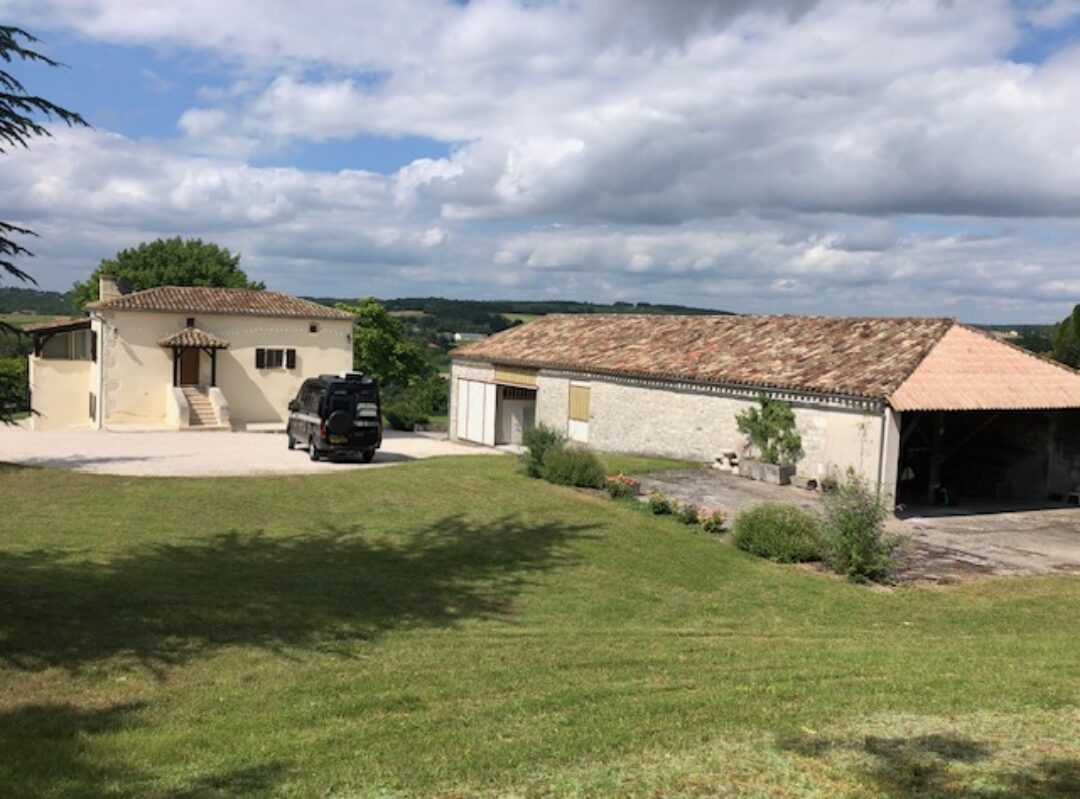We’ve moved on from Cornwall to North Devon and we’re staying at a larger campsite between Woolacombe and Ilfracombe with all facilities.
On our first day exploring, we walked from the campsite to Woolacombe village and beach, a walk which took us through farmland over the downs with views along the coast and then down to the village. Woolacombe Sands is rated as one of the top beaches in the UK and you can see why, with miles of sand, in particular when the tide is out, and great waves for the body boarders and surfers.


We dipped our toes in the water but too chilly for us to venture in. Everyone these days is wearing wetsuits in the water – when we were children we just used to grin and bear it until we had our shoulders underwater. The village itself is mainly eateries or shops selling beach and surfing apparel but the beach remains free of most commercialisation. We had great views out to Lundy Island and a gentle uphill walk back to camp at the end of the day.

Ilfracombe lies in the opposite direction and there is a walk / cycle path there directly from the back of the campsite along a disused railway line – a walk of about 4.5 miles. It’s an attractive walk and brings you out at the old terminus at the top of the town. Ilfracombe is larger than Woolacombe and different in that it’s a harbour town with no real beach. You can see from the buildings and municipal spaces outside the port area that it must must have been very elegant and grand in its day.
We made a detour as we walked down to town via the ‘Tunnel Beaches’. The name suggested that there might be a WW2 connection, so Joe agreed to have a look. In fact it had nothing to do with the war but was a delightful surprise and oasis nonetheless. The tunnels to the beaches were dug in the 1820s to create access to small beach areas for the Victorian holidaymakers and locals and lead to separate beaches and tidal bathing pools for men and women. The pools are quite unexpected as you emerge from the tunnels. There are copies of various rules and regulations from the era that made us smile – how times have changed.
We continued walking right down to the front of the port where the Damien Hirst sculpture ‘Verity’ now dominates. Every type of pasty, fudge and ice cream is available along the small road down to the port entrance.


We had planned to take the bus back to camp but decided to walk back instead. You tend to assume that railway lines are flat but this isn’t usually the case and in fact Ilfracombe station had the steepest standing start of any station in the UK with a 1:36 gradient. There was definitely a gentle uphill slope all the way back so we felt it in our legs by the time we arrived at camp.







